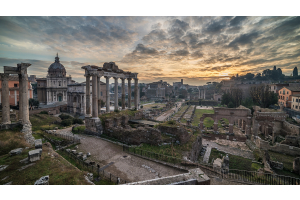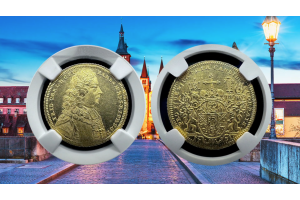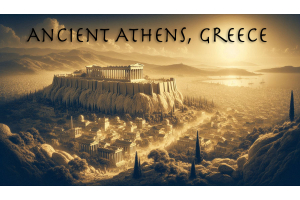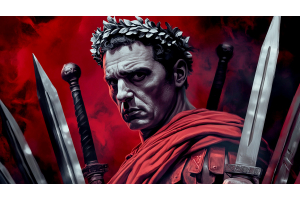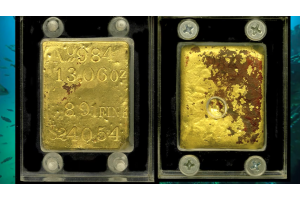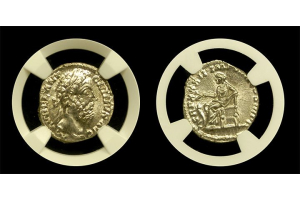Spain in the New World
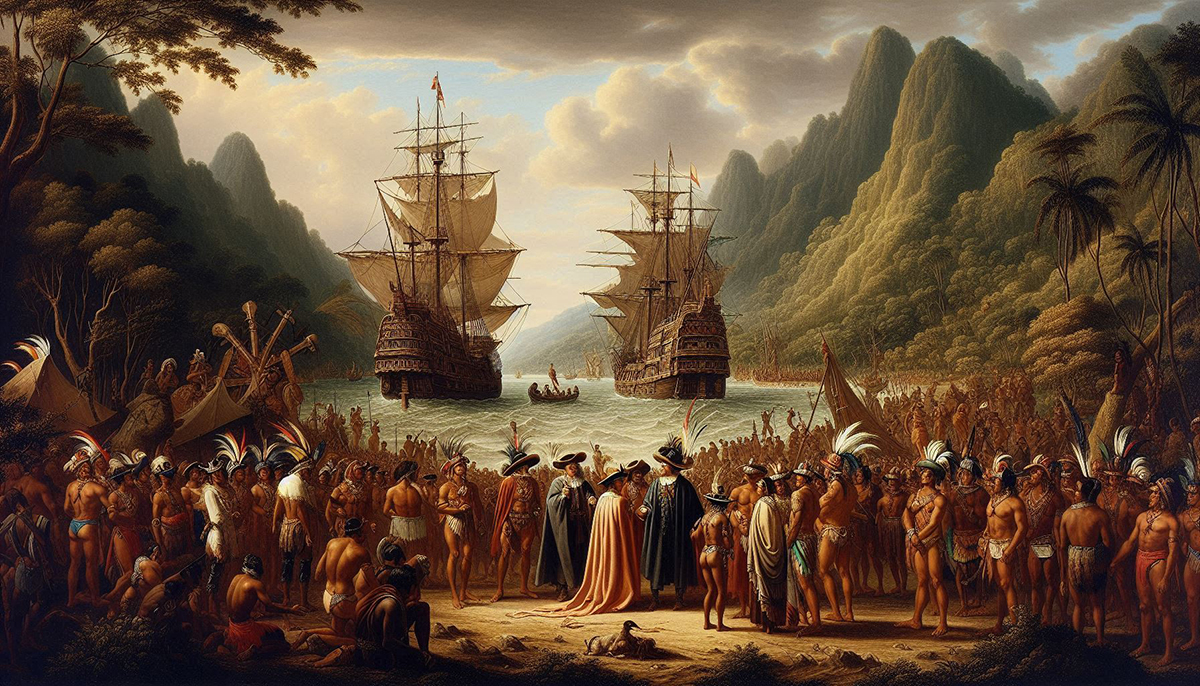
The Arrival of Spain in the New World
In 1492, Christopher Columbus landed in the Caribbean under the Spanish crown. His voyage marked the beginning of European colonization. Spain, eager to expand its empire, quickly followed with more expeditions. Soon after, explorers like Hernán Cortés and Francisco Pizarro arrived, driven by gold, glory, and God.
The Spanish crown financed these expeditions to secure land, convert indigenous people, and extract valuable resources. As more ships arrived, native societies faced profound disruption. The Spanish brought firearms, steel, horses, and diseases—tools that gave them a terrifying advantage.
Although indigenous civilizations like the Aztecs and Incas showed strength, Spain eventually dominated them. Disease decimated millions, and Spanish military tactics overwhelmed local resistance. In turn, the empire established colonies that reflected Spain’s values, laws, and ambitions.
Thus, the New World transformed into an extension of Spain’s imperial vision. Spanish culture spread rapidly through conquest and missionary work. As a result, indigenous societies changed forever.
Conquest of the Aztec Empire
In 1519, Hernán Cortés marched inland toward the Aztec capital of Tenochtitlán. His army was small but determined. On the way, he forged alliances with indigenous enemies of the Aztecs. These alliances proved vital to Spain’s eventual success.
Montezuma, the Aztec emperor, initially welcomed Cortés. However, tensions rose quickly. Spanish demands and religious arrogance fueled growing unrest. When Montezuma died under unclear circumstances, chaos erupted.
Spanish forces temporarily fled but returned stronger. In 1521, they laid siege to the city. Starvation, disease, and superior weaponry doomed the Aztecs. After a brutal battle, Tenochtitlán fell. This victory marked the collapse of the Aztec Empire and the rise of Spanish rule in Mexico.
The Spanish renamed the city Mexico City and made it their capital during the colonial period. They imposed European laws, language, and religion. Spanish dominance had begun, reshaping the region’s future entirely.
Fall of the Inca Empire
Francisco Pizarro arrived in Peru in 1532, seeking gold and glory. Atahualpa, the Inca emperor, had just won a civil war. The Inca Empire was weakened, giving the Spanish a significant advantage. Pizarro invited Atahualpa to a meeting, then ambushed and captured him.
Although Atahualpa paid a massive ransom in gold and silver, the Spanish executed him anyway. With their leader dead, the Inca people struggled to unite. Spanish forces marched through the Andes, defeating resistance and claiming territory.
By 1533, the Inca capital of Cusco fell. Spain quickly established colonial rule over the former empire. Missionaries and soldiers followed, enforcing Spanish culture and the Catholic faith.
The conquest devastated Inca society but enriched Spain immensely. Vast shipments of gold and silver flowed back to Europe. This influx of wealth powered Spain’s global ambitions and financed further colonization efforts.
Religious Conversion and Cultural Domination
Spanish colonization brought an aggressive effort to convert indigenous people to Catholicism. Missionaries arrived alongside soldiers and settlers. They built churches, founded missions, and introduced European religious practices. While some indigenous people embraced the new faith, others resisted conversion.
Despite resistance, Spanish authorities banned native religions and destroyed sacred temples. They replaced local traditions with Christian holidays and practices. Priests baptized thousands and educated local elites in Spanish and Latin. This effort aimed to erase native beliefs and replace them with European ideals.
Religion became a tool of control. Through churches and missions, Spain reinforced its political and cultural dominance. Indigenous leaders who converted gained favor with colonial officials.
Over time, Catholicism blended with local customs. New hybrid traditions emerged. These syncretic practices still exist in parts of Latin America today. They reflect both Spanish influence and indigenous resilience.Colonial Administration: Establishing Spanish Control
Once the conquest was complete, Spain quickly imposed colonial rule through formal systems. First, the crown appointed viceroys to represent royal power. These officials governed vast territories with near-absolute authority.
Mining and Minting: The Birth of Colonial Coinage
As colonial rule solidified, Spain focused on extracting silver and gold from the New World. Notably, two massive silver mines—Potosí in present-day Bolivia and Zacatecas in Mexico—became essential. These mines fueled the empire’s growing economy.
Soon after, Spain established colonial mints to turn raw metals into coinage. In 1535, the first mint opened in Mexico City. Later, others followed in Lima, Bogotá, and Potosí. These facilities produced coins like the silver 8 Reales and gold Escudos.
Because Spain required consistent weight and purity, each coin followed strict minting standards. As a result, Spanish coins gained widespread trust in global trade. The famous “pieces of eight” circulated across Europe, Asia, and the Americas.
Furthermore, each coin bore Spanish royal symbols—often the Pillars of Hercules, crowned shields, and Latin mottos. These images reinforced Spain’s power and cultural identity abroad.
In conclusion, Spanish coinage was more than money—it was propaganda in metal. Coins tied Spain’s economic strength directly to its imperial presence.
The Global Impact of Spanish Silver Coins
Spanish silver coins traveled far beyond the Americas. Because of their reliability and silver content, they became a global currency. Traders in Asia, Europe, and Africa accepted 8 Reales without hesitation.
Notably, Spanish coins reached China through the Manila Galleons. These ships carried American silver to the Philippines, then across the Pacific. In return, China sent silk, porcelain, and spices. Thus, Spanish coins became the backbone of international commerce.
Additionally, merchants in Europe used these coins to buy goods across the Mediterranean and the Baltic. Because Spain controlled the silver supply, it dominated global trade routes. In effect, silver allowed Spain to shape world economics for more than a century.
Spanish coins even influenced other currencies. The U.S. dollar adopted features from the 8 Reales, including the dollar sign and standardized design. As Spanish silver spread, so did its cultural symbols.
Over time, this created a monetary network that supported Spain’s imperial ambitions. Ultimately, the empire used coinage to expand both wealth and influence far beyond its borders.
Social Hierarchies in Colonial Society
With conquest complete, Spain built a rigid social hierarchy in its colonies. At the top stood peninsulares—Spaniards born in Europe. Below them were criollos—Spaniards born in the Americas. These groups held most power and wealth.
Next came mestizos, people of mixed European and indigenous ancestry. Although they could gain wealth, they lacked full social acceptance. Below them were indigenous peoples and enslaved Africans, who endured harsh labor and legal discrimination.
To maintain order, Spain enforced laws restricting upward mobility. As a result, colonial society became stratified and inflexible. Although exceptions existed, most people remained locked in their social class.
Religion also reinforced these divisions. Church officials primarily came from peninsular and criollo families. Meanwhile, indigenous and African populations had limited access to formal education or high-status positions.
Over time, resentment grew among criollos, mestizos, and indigenous groups. Although Spain offered stability, it denied many the chance to rise. Consequently, colonial tensions simmered under the surface for centuries.
Ultimately, this rigid system sowed seeds for later revolutions. As local populations gained power, they began challenging Spanish authority.
Resistance and Rebellion in the Colonies
Despite Spain’s dominance, many resisted colonial rule. Some indigenous groups fought open battles. Others revolted quietly through sabotage or cultural preservation.
In Peru, the Túpac Amaru II Rebellion in 1780 became a major uprising. He rallied thousands against Spanish taxation and injustice. Although the rebellion failed, it inspired future resistance. Likewise, enslaved Africans led uprisings in the Caribbean and South America.
Even criollos eventually grew disillusioned. Although loyal to the crown, they wanted more autonomy. As a result, tensions with peninsular elites deepened. By the 18th century, revolutionary ideas from Europe also spread to the Americas.
Throughout the colonies, cultural resistance persisted. Many indigenous groups preserved language, music, and rituals despite Spanish pressure. Some blended traditions with Catholicism to protect their identity.
Resistance took many forms—armed conflict, spiritual endurance, and intellectual opposition. Although Spain crushed most revolts, unrest never fully disappeared. These rebellions revealed cracks in the empire’s control.
As Spain's influence in Europe waned, these movements gained momentum. Eventually, they laid the foundation for independence across Latin America.
The Legacy of Spanish Colonialism
The Spanish Empire left a lasting impact on the Americas. Language, religion, and law continue to reflect the legacy of centuries of colonial rule. Today, Spanish is the dominant language in most of Latin America. Catholicism remains deeply rooted in culture and society.
Spain’s influence reshaped local economies. Mining towns like Potosí and Zacatecas became major hubs of global trade. Silver coinage, once imperial propaganda, now serves as evidence of early globalization.
Furthermore, Spain’s legal systems shaped modern institutions. Land rights, city planning, and property laws have their roots in colonial policies. Even architectural styles—such as missions, cathedrals, and plazas—reflect Spanish designs.
However, colonialism also brought violence, inequality, and exploitation. Indigenous populations declined dramatically from war and disease. Rigid class structures created deep social divides that persist today.
Despite this, local cultures endured. Across Latin America, people preserved pre-Hispanic identities while adapting to Spanish influence. This fusion created unique hybrid cultures that define the region today.
In the end, the Spanish Empire’s conquest transformed the New World. Although the empire faded, its legacy remains powerful and complex. Understanding this history helps us recognize how past empires continue to influence the modern world.
Conclusion: Empire, Legacy, and Lasting Value
Spain in the New World reshaped the region through conquest, religion, coinage, and cultural transformation. From the fall of great civilizations to the rise of global trade, Spain left its mark. Its silver and gold coins became instruments of power, spreading Spanish influence far beyond the Americas.
Despite centuries of colonization, indigenous cultures endured. New hybrid societies formed, blending local traditions with Spanish systems. While Spain’s dominance eventually faded, its legacy remains embedded in language, faith, and money.
Today, these early coins tell a powerful story. They connect us to explorers, rebels, monarchs, and everyday people navigating a world in transition. Spanish Escudos and Reales once funded conquests, paid taxes, and traveled on galleons. Now, they offer collectors and historians tangible links to the past.
At Austin Rare Coins & Bullion, we proudly offer genuine treasures from the Spanish Empire. From gold Escudos and silver Reales to one of the earliest known pesos, our inventory reflects the empire’s rich numismatic history. Each coin holds not only metal value—but historical weight as well.
Whether you’re a seasoned collector or just beginning, these coins offer a chance to own a piece of a global legacy. Explore Spain in the New World through its coinage—available now at Austin Rare Coins & Bullion.





